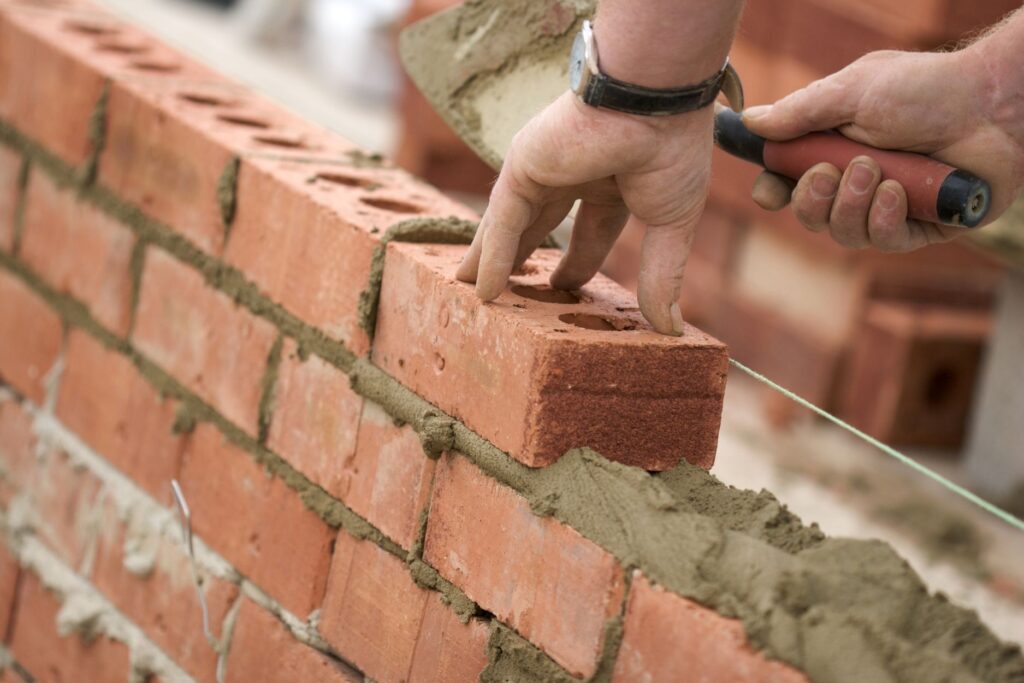The recent news story about average average propertry prices hitting record levels in April, as reported by Rightmove, highlights significant trends in the UK housing market. Here’s a detailed article exploring the key points and implications of this development:
Record-Breaking Asking Prices: A Snapshot of the Market
In April 2025, the average asking price for properties entering the market reached a new high of £377,182, marking a 1.4% increase from March. This rise surpasses the typical seasonal increase of 1.2% for April, indicating robust market activity despite challenges such as the recent stamp duty changes. The previous record was set in May 2024, making this the first monthly price record in nearly a year.
Factors Driving the Surge
Several factors contribute to this upward trend in asking prices:
- Spring Seasonality: The housing market traditionally sees increased activity during spring, with more buyers and sellers entering the market.
- Market Resilience: Despite the stamp duty increase on April 1st, both buyers and sellers have shown confidence in proceeding with transactions.
- High Supply Levels: The number of homes for sale is at a decade-high for this time of year, providing buyers with more options.
- Mortgage Rates: Recent reductions in mortgage rates have improved buyer affordability, further fueling demand.
Regional Variations in Demand and Prices
The impact of these trends varies across regions:
- Northern England, Midlands, Wales, and Scotland: These areas have seen above-average increases in buyer demand and prices, with new records set in April.
- South West and South East: These regions experienced smaller increases in demand and property prices, reflecting their higher property costs.
- London: Despite weaker buyer inquiries compared to last year, inner London has driven a new price record, showcasing its unique market dynamics.
Challenges for Sellers
While the record-high asking prices are a positive sign for the market, sellers face challenges in setting competitive property prices. Overpricing can deter buyers, especially in a market with abundant supply. Rightmove’s research emphasises the importance of pricing properties realistically from the start to attract buyers and reduce the time required to secure a sale.
Impact of Stamp Duty Changes
The stamp duty increase has not significantly disrupted market activity. The level of agreed sales falling through has remained steady, indicating that most buyers and sellers have adapted to the tax rise. The queue of buyers waiting to complete purchases has eased, marking a positive shift in market dynamics.
Looking Ahead: Market Predictions
The housing market’s resilience suggests continued growth, but several factors could influence future trends:
- Global Economic Conditions: Uncertainties such as international tariff announcements may impact mortgage rates and buyer affordability.
- Government Policies: Initiatives to increase housing supply and support first-time buyers could shape market dynamics.
- Interest Rates: Potential changes in the Bank of England’s base rate could affect borrowing costs and demand.
The record-breaking asking prices in April 2025 reflect a dynamic and resilient housing market. While challenges such as high supply levels and stamp duty changes persist, the overall outlook remains positive. Sellers must navigate the competitive landscape carefully, while buyers can benefit from improved affordability and increased options. As the market evolves, staying informed and adaptable will be key for all stakeholders.









